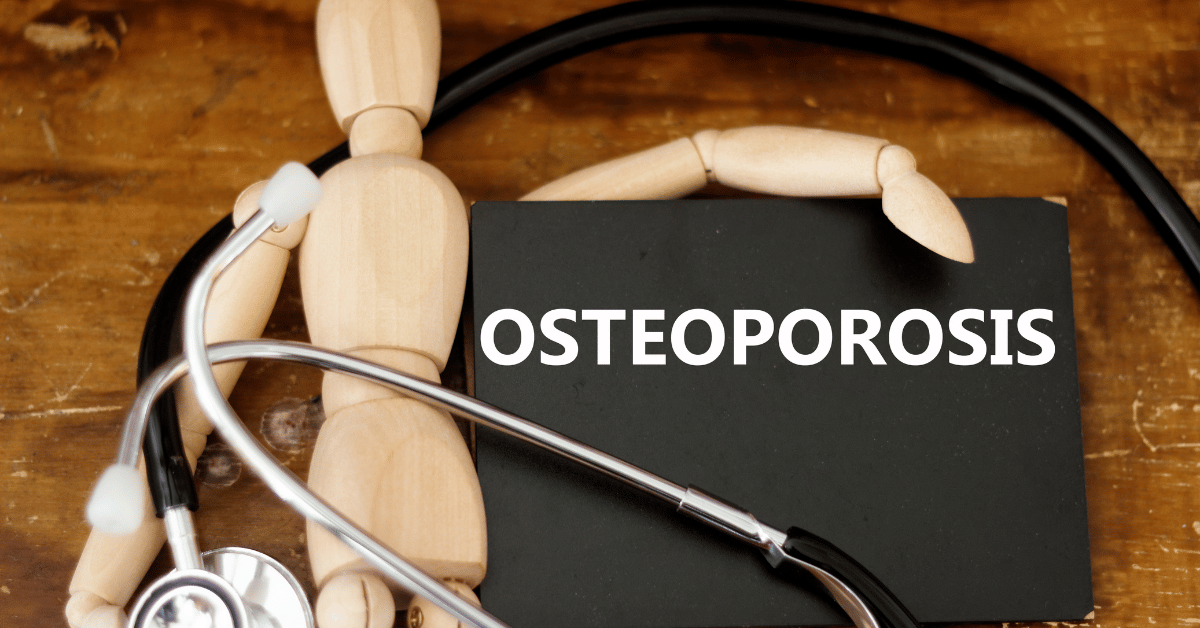It is important to understand osteoporosis and bone health and the threat to one’s health. Osteoporosis, characterized by weakened bones and heightened fracture risk, often lurks unnoticed until a bone breaks. As we age, maintaining bone mass becomes increasingly challenging. After 50, people of all genders lose about 1% of bone mass annually, a rate that escalates for postmenopausal women. Shockingly, the National Osteoporosis Foundation reports that half of women and one in four men over 50 will experience osteoporosis-related fractures.
The Importance of Calcium for Bone Health
Calcium is pivotal for bone health, serving as a primary nutrient for new bone cell formation. Incorporate calcium-rich foods like milk, yogurt, cheese, and fortified soy products into your diet. Dark leafy greens and calcium-fortified tofu are also excellent sources. Aim for 1,000mg daily for men and 1,200mg for women.
The Role of Vitamin D
Vitamin D facilitates calcium absorption and can be found in milk, fish, egg yolks, and fortified foods. If concerned about deficiency, consult your doctor for a simple blood test.
Lifestyle Choices to Reduce Osteoporosis
Studies suggest a link between dark soda consumption and reduced bone mineral density due to phosphoric acid’s potential to leach calcium from bones. Furthermore, smoking significantly lowers bone mass and raises the risk of hip fractures by 31% in women and 40% in men. Engaging in weight-bearing exercises like walking can help fortify bones and slow bone loss.
By adopting these proactive measures, you can safeguard your bone health and mitigate the risks associated with osteoporosis over time.

